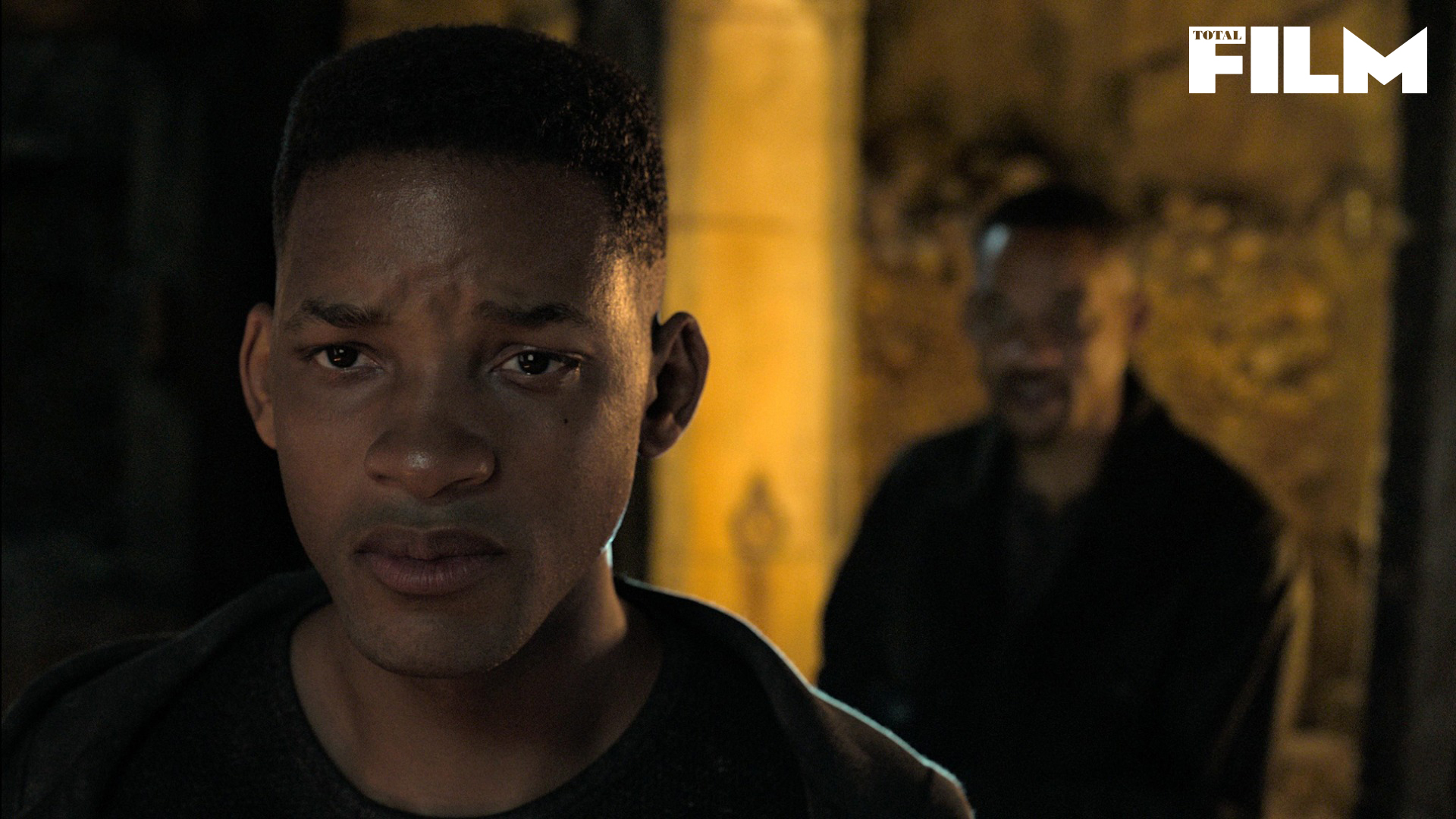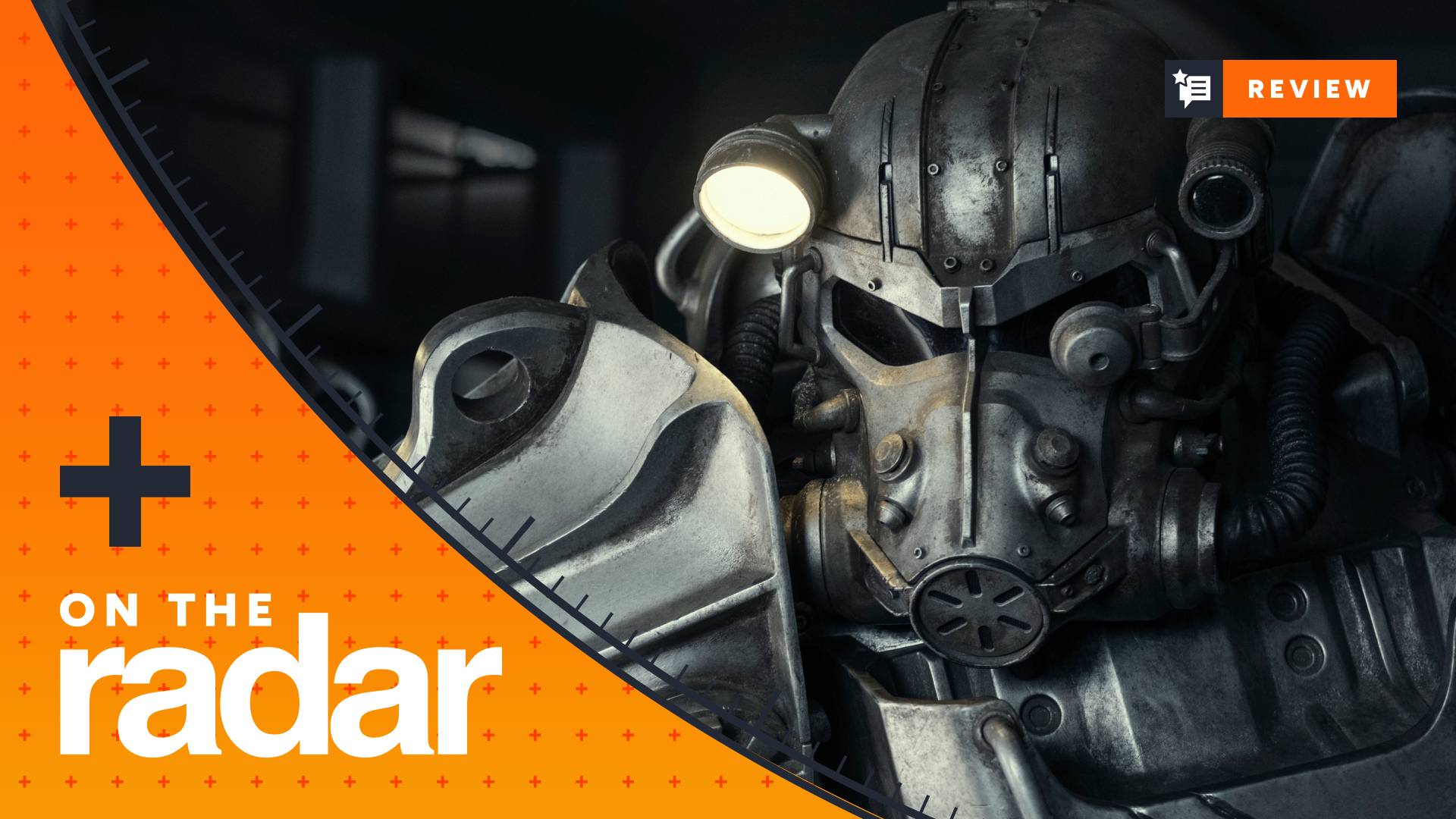GamesRadar+ Verdict
Come for the technical innovations, stay for… hmm. Two Will Smiths for the price of one just ain’t worth it.
Why you can trust GamesRadar+
It’s taken 22 years for the technology to catch up with the premise of Gemini Man, a high-concept thriller that sees ace hitman Henry Brogan (Will Smith) being pursued by a younger clone of himself. Back in 1997, Tony Scott was attached to direct, and all of the usual action suspects – Cruise, Ford, Sly, Arnie, Clint, Connery – were targeted for the lead. But the real star refused to come out of its trailer: Disney’s now-defunct animation/VFX department The Secret Lab failed to crack the de-ageing effects, codenamed The Human Face Project.
Now, just weeks before Scorsese’s The Irishman arrives with the wrinkles ironed out of De Niro and Pacino, Gemini Man finally reaches cinemas with Ang Lee directing and a 51-year-old Will Smith being hunted down by a 25-year-old Will Smith, courtesy of Weta’s effects wizards. Too Old For This Shit Will is Brogan, a super-assassin for the Defence Intelligence Agency (DIA) who, 72 kills notched, develops a conscience. Complaining of a “hurt soul”, he trades his rifle for a fishing rod in Georgia. Only former army buddy Clay Verris (Clive Owen), who now runs a privatised para-military unit named Gemini, decides that Brogan knows too much and must be terminated. Luckily he has just the man to do it – Junior, a clone of Brogan who possesses all of his abilities plus better knees.
Watching Big Willie and Little Willie cross swords – or rather trade gunshots and punches as they race across rooftops, tussle in catacombs and zip from Belgium to Colombia to Hungary – is a bit like watching street slugger Rocky Balboa take on sculpted-by-science Ivan Drago, or the T-800 battle the upgraded T-1000. The effects are dazzling and the set-pieces forceful, even if they have little of the beauty and fluency that Lee brought to Crouching Tiger, Hidden Dragon.
It’s not the torque but the talk that’s the problem. As Brogan flees his fate with the aid of DIA officer Danny Zakarweski (Mary Elizabeth Winstead) and wisecracking pilot Baron (Benedict Wong), themes of nature vs nurture, playing God, what makes us human, and generational conflict come into play, all discussed leadenly. It’s odd that drama, dialogue and characters in a film by Lee, who gave us Sense And Sensibility, The Ice Storm and Brokeback Mountain, should come up short. But he’s of late been consumed with an obsession to push the medium’s technological boundaries, the same obsession that eats at James Cameron and Peter Jackson.
Lee’s last film, Billy Lynn's Long Halftime Walk (2016), was shot at 120 frames per second (the standard is 24; Jackson’s Hobbit trilogy was 48), and the increased frame rate is an innovation he continues here (the 3D-Plus option is 60fps for reasons too boring to go into here). The idea is to offer pin-sharp, hyper-realistic detail; the reality is that it turns the movie into a glossy magazine, and makes the outlines of characters scalpel-sharp, like they’re cut-outs. It also renders everything cheap and amateurish, disguising the gorgeous, far-flung, Bondian locations as knocked-together movie sets, and making the props look like they’ve been stolen from the cupboard of a local school production. It even, somehow, infects performances, robbing them of truth.
If you fancy an experience, a thrill ride, Gemini Man is for you, offering sights previously unseen and breathless action. If you want a satisfying film that stays with you for more than five minutes after you exit the cinema, look elsewhere.
Bringing all the latest movie news, features, and reviews to your inbox
Jamie Graham is the Editor-at-Large of Total Film magazine. You'll likely find them around these parts reviewing the biggest films on the planet and speaking to some of the biggest stars in the business – that's just what Jamie does. Jamie has also written for outlets like SFX and the Sunday Times Culture, and appeared on podcasts exploring the wondrous worlds of occult and horror.



